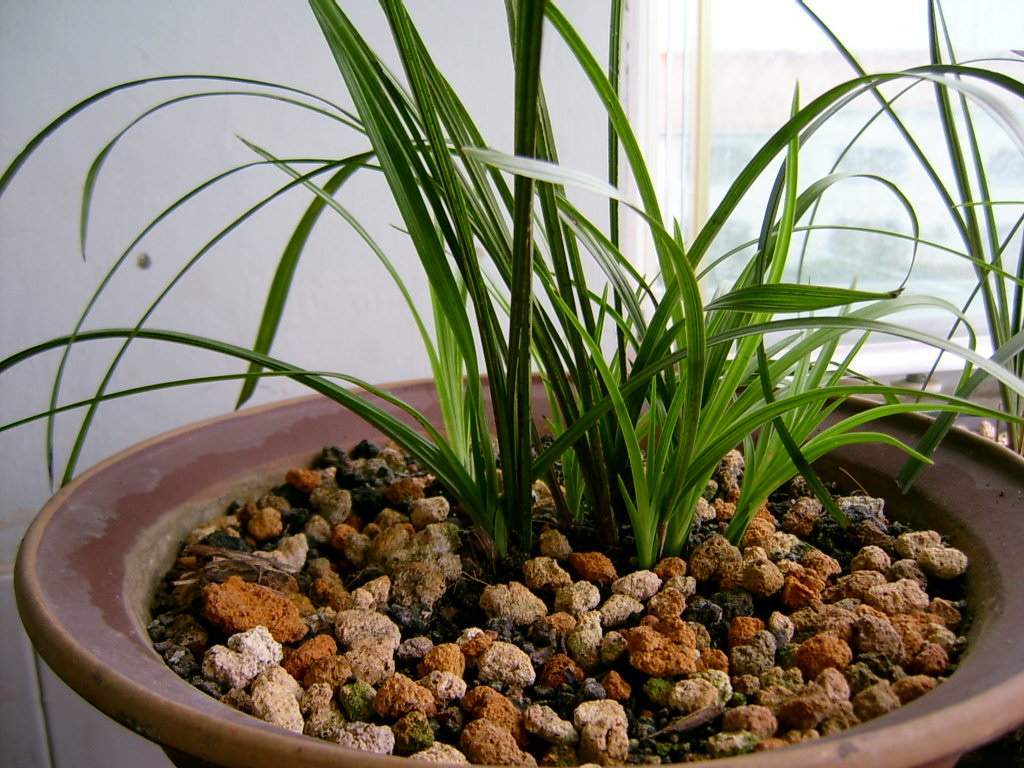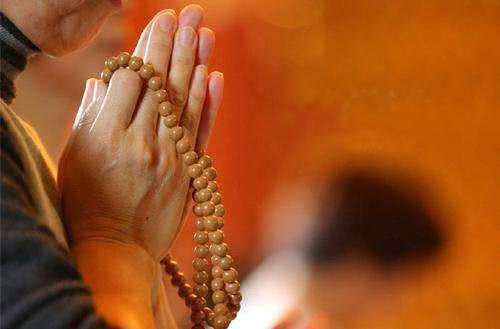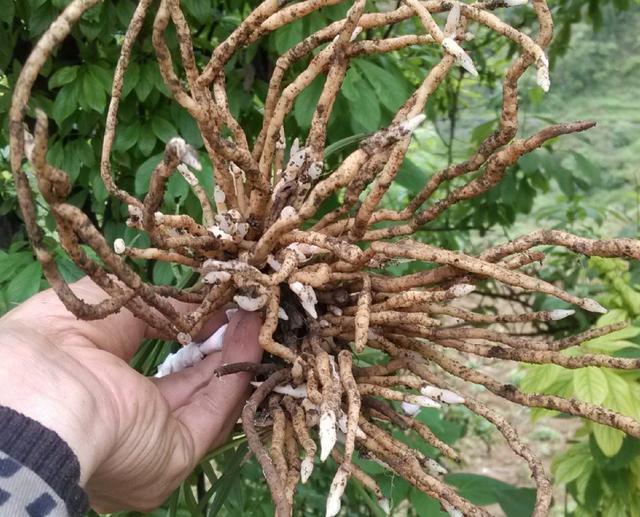The natural environment is the best environment. The growth inspiration of wild cymbidium has great inspiration for orchid cultivation.

The growth of Cymbidium in nature makes us think: the native place of Cymbidium is higher than that of Chunlan, it is more cold-resistant, dry-resistant and likes to grow in sunny and ventilated places on hills and hilltops. Because Cymbidium has relatively high altitude, strong wind and small pseudobulbs, in order to adapt to the living environment, Cymbidium: (1) develop in depth by sturdy orchid roots. If the orchid root with a deep layer of rotten leaves will be deeply rooted in the soil, because of the wind, the false bulbs will naturally be buried deep in it. Cymbidium grows particularly tall in this environment, and you will see Cymbidium which grows more than 1 meter tall on the mountain. (2) rely on the developed group root hand in hand and heart-to-heart spirit of unity and cooperation to absorb the nutrition of the earth. Most of these cymbidium grow in the shallow soil layer on the cliff, characterized by a small stature, but a large number of seedlings. Sometimes you will see a cluster of more than 70 seedlings of the original population, very spectacular. All you have to do is sled with a stick and all will be unearthed. Seeing such roots with only a little rotten leaf soil in them will give you a lot of inspiration for the cultivation of Cymbidium.
Wild Cymbidium
The enlightenment from the growing environment of wild Cymbidium:
1. The key to good cultivation of Cymbidium is sufficient light, high humidity, large temperature difference and good ventilation. (because modern orchid cultivation, plant materials, water and fertilizer are no longer the main problem) how to combine the three elements organically and reasonably is the success. Although Huilan requires sufficient light, it is not suitable for strong direct light in summer, and the best light intensity is 15000 to 25000 lux. Sufficient light, strong plant growth, straight leaves and rich luster; lack of light, the plant weak, slender leaves, sagging, no luster, the number of flowers decreased. In general, the first layer of light transmittance 50% shading net is better in summer. The humidity is maintained at about 70-85%, and the windows are naturally ventilated at night to meet the needs of the temperature difference. In summer, various methods are taken to cool down the temperature to keep the temperature below 31 degrees, so that the leaves of Cymbidium are not spotted, not scorched, green and beautiful, and appear more atmospheric and fluffy compared with Chunlan.
Wild Cymbidium
2. The problem of seedling emergence rate: for example, if the female parent is strong, if you want to send more seedlings, you need to plant them shallowly, because they are planted deeply, such as living in a wet state for a long time. The reserve buds of bluegrass are necrotic by excessive dampness and moisture, so it is difficult for many seedlings to grow new buds. Here, I would like to dedicate to you what I have learned over the years. In addition to strengthening photosynthesis, another key point for Cymbidium seedlings is to withhold water in March so that the basin soil can dry out so that new buds can be forced. This is rarely mentioned in the Lan Shu. We may all know the fact that deducting water can * flower buds in July, but in fact, their reasons are the same. Over the past few years, the seedling rate of my Cymbidium has been more than 100%, and this year is a new record for two seedlings, four false bulbs and seven seedlings. In addition, if the orchid is not very healthy or is still in the conservation stage, it is not easy to use the method of deep planting, otherwise the core is perishable. If the number of seedlings is also large but need to be rejuvenated, the cymbidium can be slightly planted deeper, and the deep planting in large pots has a good effect, which is easy to produce strong seedlings, which is conducive to the rejuvenation of orchids, but the seedling rate will be lower than that of shallow species in small pots. Of course, the premise of large pot deep planting is that orchid farmers should be able to make the correct nursing action of watering buckle suitable for the application of large basin deep planting, otherwise it will also produce unfavorable conditions.
Wild Cymbidium
Dear Orchid friends, do you raise wild Cymbidium? If you also like orchids, welcome to follow and forward, thank you for your comments and likes, thank you!
- Prev

One flower, one world, these four Buddhist auspicious flowers are well cultivated to ensure peace.
Buddhism originated in India and was later introduced into China. Buddha always gives people the impression that he is thinking about life and saving everything. In modern society, there are many believers who advocate Buddhism and pray for peace in their lives. Huahua learned that it was found in Buddhism.
- Next

Sawdust can promote the germination and growth of orchid root most quickly, but can take root explosively in half a month and take root in 4 steps.
In China, traditional orchid culture matrix is made of mountain mud, bamboo root mud, pond mud or ginseng mixed with a little river sand. In recent years, jue root, bark and pebbles have been used as substrates at home and abroad. The extraction and pretreatment of these substrates are not easy or the proportion is large, and it is inconvenient to carry. ...
Related
- Wuhan Hospital Iron Tree Blooming Result Was Instantly Frightened by the Gardener Master
- Which variety of camellia is the most fragrant and best? Which one do you like best?
- What is the small blue coat, the breeding methods and matters needing attention of the succulent plant
- Dormancy time and maintenance management of succulent plants during dormancy
- Minas succulent how to raise, Minas succulent plant pictures
- What are the varieties of winter succulent plants
- How to raise succulent plants in twelve rolls? let's take a look at some experience of breeding twelve rolls.
- Attention should be paid to water control for succulent plants during dormant period (winter and summer)
- Watering experience of twelve rolls of succulent plants
- Techniques for fertilizing succulent plants. An article will let you know how to fertilize succulent plants.

